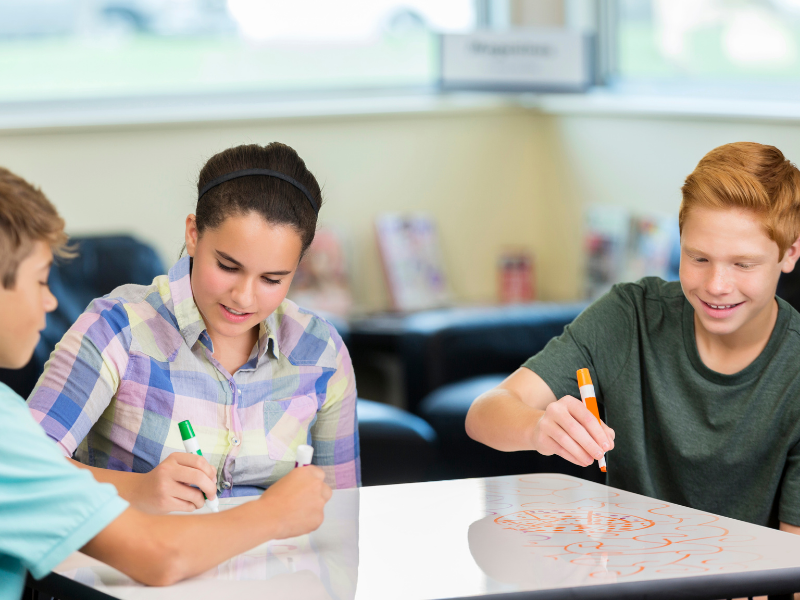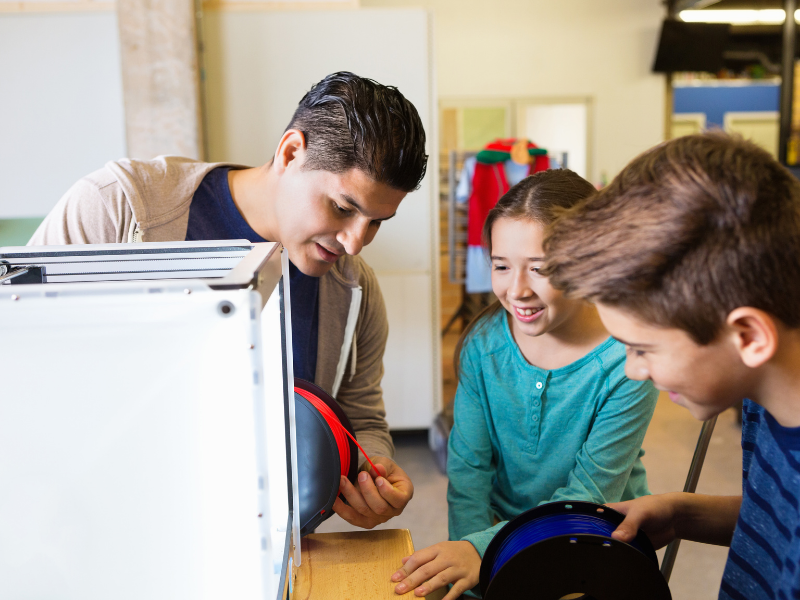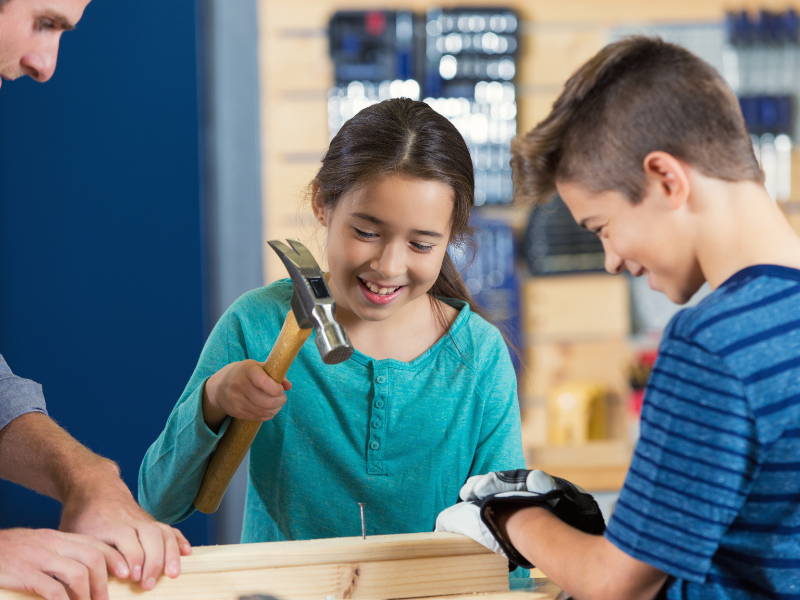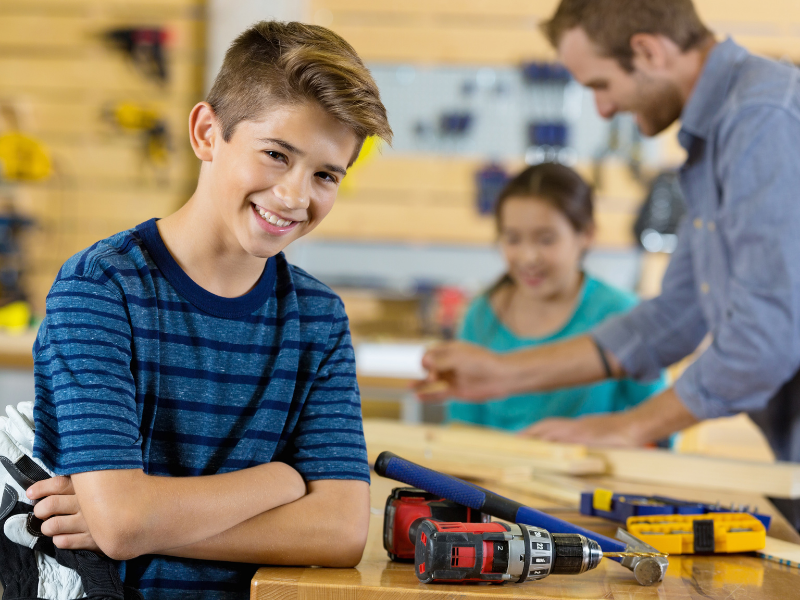Bridging Makerspace with curriculum
By Brian Baptista
b.baptista@copublica.dk
Makerspace is a magical way to help one become an active learner and establish neural circuit firing. Its best part is that it's science and an art, mechanical and also human alike. With a makerspace it’s fun and easy to teach and learn science, technology, English learning art, math, art, and other subjects. With a bit of imagination, one can interlink the activities to curriculum and your state standards.
Here are 7 ways of bridging makerspace to the curriculum.
1- Encourage them to build something whilst describing the process and ideation.
2- Classify, Measure, Sort and weigh objects while providing them the equation to solve.
3- Make dioramas revolving around history or geography academics.
4- Design any sport using makerspace and encourage healthy competition.
5- Give them the freedom to dismantle old gadgets to them an insight into the machine.
6- Encourage students to measure the properties of an object and note down their experimentation.
7- Encourage experimentations under guidance and observation whilst giving them a presentation in a language they relate to best.
For a child to be fully invested in maker education, it is vital to ensure that it is integrated finely into the curriculum. These aspects only scratch the surface of ideas, because making is everywhere!





